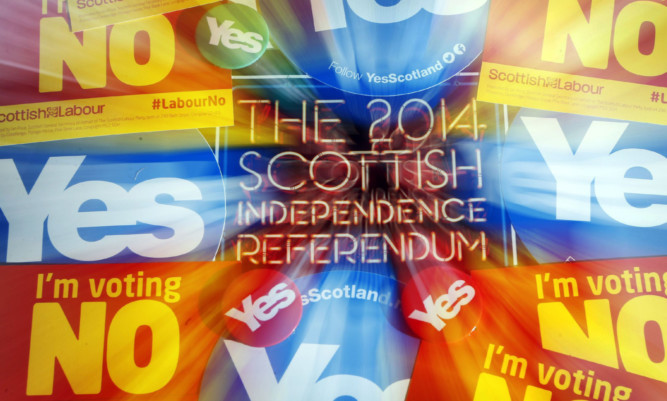The fat lady is preparing to sing.
Scotland’s business community has just eight days to make its mind up over whether Scotland should be an independent country.
Whatever the outcome of next Thursday’s vote, it is clear that Scotland will never be the same again and neither will its economy.
With their White Paper, the Yes camp are looking to persuade voters with a narrative pledging greater economic security and opportunity within an independent Scotland.
Their shtick includes a vow to prioritise job creation, a guarantee to increase the minimum wage in line with inflation at least, a 50% reduction in air passenger duty and a reduction of up to three percentage points in corporation tax below UK levels.
As anyone who has maintained the slightest interest in the indy debate thus far knows, the Nationalists are also insisting they will use the pound post-split.
On the other hand, Better Together’s sales pitch is based on hammering home the record of the UK as the “most successful economic union in the world”.
There have been no specific announcements future economic policy in the event of a No vote will be debated and shaped by the individual parties at Westminster as is currently the case but the No campaign is keen that the UK as a whole is seen as Scotland’s “home market”.
Essentially they are asking what’s not to like about a customer base of more than 60 million people that is accessible without passing through a border.
While both parties are committed to their respective visions for Scotland, the new economic landscape that will emerge is unlikely to follow the path set out by either side.
I think everyone just has to accept there are questions on both sides of the debate that will not have adequate answers in eight or even 80 days’ time.
So any business person sitting down to make a decision on the way to vote based on the economic cases presented by the Yes and No camps should tread carefully.
Personally, I always take claims made by people with vested interests with an added pinch of salt. Remember, they are salesmen looking to push their product into the marketplace.
For any genuinely undecided voters left out there in the business community, I would suggest a little research of your own may be in order.
For better or worse, the decision to be taken in eight days will affect how your business is run on a day-to-day basis, its growth aspirations, and the wider prevailing economic environment in which it operates.
If nothing else, that should warrant your undivided attention as the clock ticks down to decision day.
